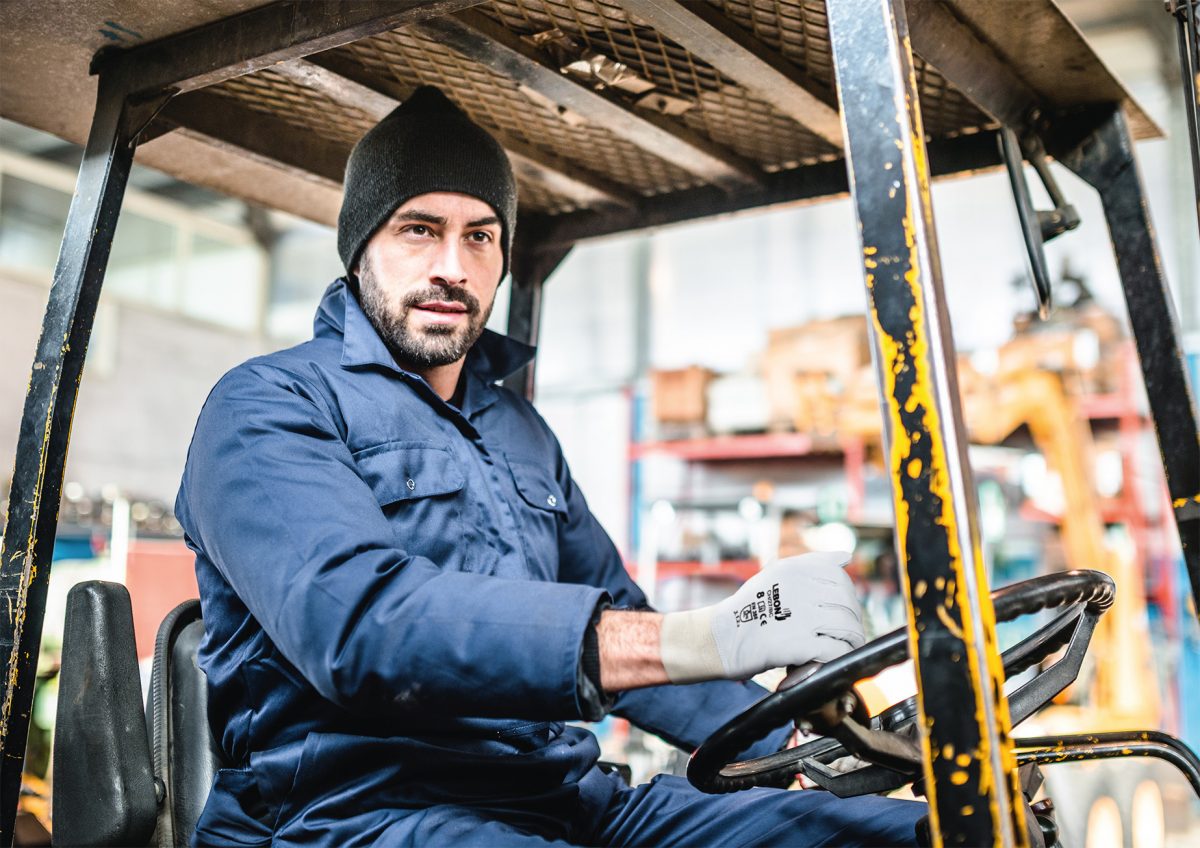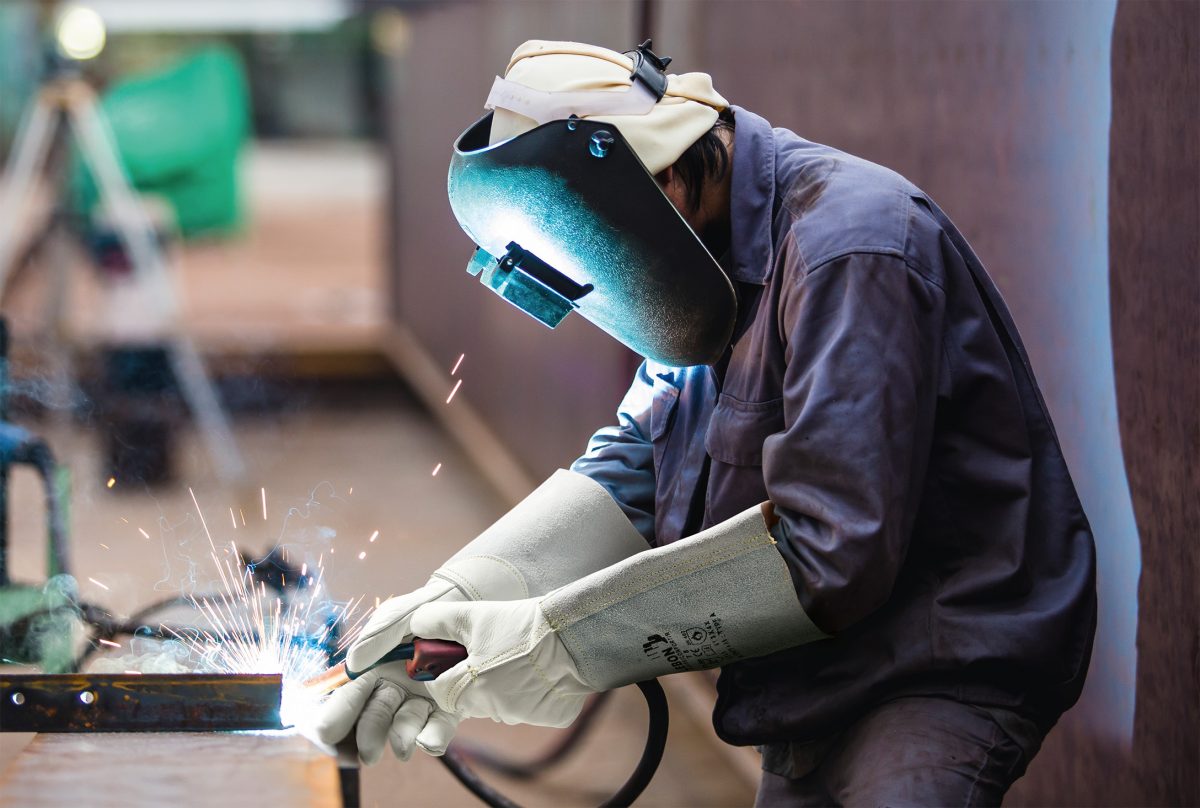Hands are a worker’s first essential tool. Fragile and highly exposed, they are the most frequently injured part of the body at work. Well-chosen personal protective equipment is a guarantee of good safety. However, it is important to properly identify the types of risks to which the hands are subjected; knowing that the appropriate protective glove is selected according to the environment and the professional activity.
What are the different risks associated with hand protection?
Put to the test, our hands are subject to numerous attacks: cuts, shocks, crushing, allergies, burns, tears, etc. These are all risks that can have irreversible consequences on the health of the person handling them. This is why, it is important to identify the risk involved in an activity and to choose the safety glove that meets the appropriate European standard.
What is a mechanical risk?
In workshops and in plants, many tools and machines are operated by mechanical action. This can lead to many injuries: blade cuts, abrasions, tears, punctures. Working with materials on mechanical equipment may cause significant injuries. This mechanical risk is regulated by the European standard EN 388, represented by a pictogram on the protective glove.
What is a thermal risk?
Thermal risks are present in many professions such as welders, bakers, workers in foundries or in very cold areas in the food industry. Heat and cold generate serious risks of burns and frostbite, which add significant difficulties to the task.
Heat protective gloves are regulated by the EN 407 standard, which evaluates the level of performance against thermal risks such as burning behavior, resistance to contact heat, convective heat or radiant heat, as well as molten metal splashes. Cold protective gloves comply with the EN 511 standard. They are chosen according to their resistance to contact or convective cold, or for their waterproof properties.
What is a chemical risk?
The biological and pharmaceutical industries, among others, are subject to chemical risks when handling dangerous products. The consequences can be skin irritations such as eczema, severe allergies or even burns. Protective gloves with an EN 374 marking limit the chemical risk caused by the projection of a substance. Their resistance to penetration and their waterproofness ensure maximum protection. This standard also covers the biological risk of microorganisms and viruses.
What is an electrical risk?
Protection against electric shocks and electrostatic discharges is vital. Safety gloves adapted to this risk are regulated by the EN 60903 and EN16350 standards. These standards certify the conformity of the PPE with regard to the risk of electrocution and electrostatic discharges.
What type of protective gloves should I choose?
Each type of protective glove is designed for a specific use, thanks to adapted materials and a level of resistance specified by a CE marking. However, a safety glove must not neglect comfort; well-being guarantees the employee good dexterity throughout his tasks.
Cut protection gloves

Cut protection gloves offer a high degree of resistance to mechanical risks. High-performance technical yarns and metallic filaments are very good materials used for these hand protection gloves.
Often seamless, equipped with reinforcements, elastic wrists, and at the right size, textile and/or coated cut protection gloves have one objective: high resistance all the way to the fingertips, in complete safety.
Thermal protection gloves

Thermal protection gloves against the cold prevent the unpleasant feeling of frozen hands and the risks that come with it. Cold protection gloves are a winter shield for the hands against the occasionally freezing temperatures on outdoor work sites. They are also very good insulators for handling objects in a cold room.
PVC coated glove guarantees high performance against the cold, with a 100% insulating acrylic fleece and elastic wrists. It offers excellent resistance and sealing for a perfect comfort against cold. Cold protection gloves are ideal for the food industry. Ambidextrous, our COLDSKIN glove is knitted from a 100% thermoregulatory, breathable yarn that ensures comfort and warmth of the hand. The integrated elastane reinforces the elasticity and flexibility of use.
The heat protection glove is generally made of leather and other materials that are highly resistant to heat, flames and sparks. The use of textile, coated or not, in the composition of the safety glove is recommended to protect from contact heat when handling hot parts at high temperatures, in the food industry. These protective gloves also adapt to the level of heat; it offers thermal protection from 100°, and can go up to 350° or more.
Food contact Gloves
Food contact gloves, whether disposable or washable, are a valuable bulwark against contamination. They have been tested to verify the non-contamination of food when in contact with these gloves.
They can also be used against cold with a 100% thermoregulatory knitted yarn or against heat up to 250°C for other gloves. Silicone dots on the palm and on the back of the hands provide a better grip for some protective gloves.
The blue color of the food safety gloves, common to the majority of the models, makes it easy to see tears or deposits of material in the food, which are very rarely of this color.
Handling gloves

Whether it’s light or heavy handling, protective gloves offer good resistance and dexterity. Leather is one of the leading materials used in the design of handling gloves due to its strength against mechanical risks. Strategically positioned reinforcements ensure the safety of the tendons and arteries of the hand.
Welding gloves

Welding gloves are specific and offer reinforced insulation and resistance to small splashes of molten metal. Quality materials ensure the safety of the welder and protect against premature wear; these leather gloves are available with different levels of heat resistance. For example, a fireproof (or not) lining in fleece may be necessary for MIG/MAG welding or arc welding.
The welding glove must be resistant to last a long time.
